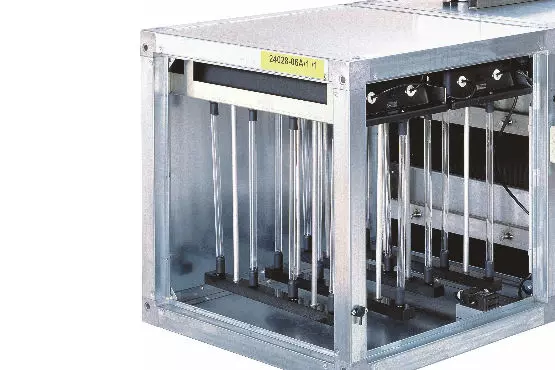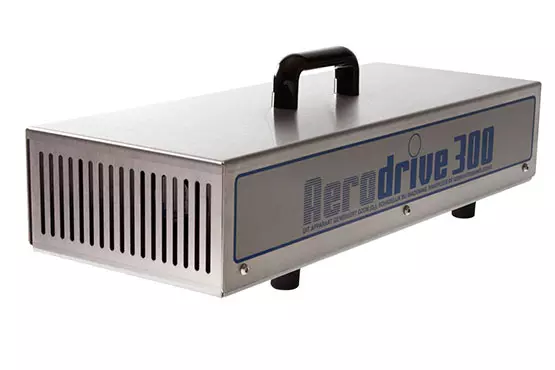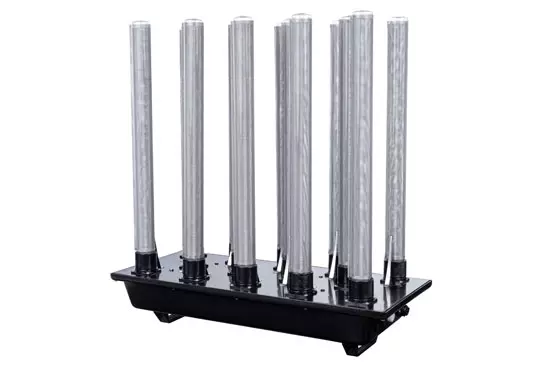Industrial odour removal with ozone or ionisation
Adding ionisation or ozone systems in air channel or air handling unit can effectively reduce odours and prevent problems with the surroundings.
How does odour removal with ozone work?
Ozone has a high oxidation potential and breaks down molecular structures. Organic contamination such as odours and some VOC (volatile organic compounds) can be reduced. Ozone can be generated with high-current systems or with UVC light, both methods have their advantages and disadvantages.
Deodorization with ozone based on high current is also called plasma filtration. Removing odours with ozone based on a UV-light system is also called photo-oxidation.
To effectively remove odours ozone needs reaction time with the air in an air channel. A chimney or long ductwork is suitable, alternatively it is possible to use activated carbon to remove excess ozone and remaining smells.
Depending on the situation odour reductions of 50% to 95% can be achieved.
Suitable products

POX ozone unit

Aerodrive ionisation deodorisation
The Aerodrive is a convenient ionisation unit designed to generate ozone in small spaces in addition to ions. The unit is uniquely designed for small spaces and is very effective in removing all kinds of odours. The unit is produced in the Netherlands and is designed for professional use only.
Ozone and safety
Ozone is dangerous to human health and it should be avoided that people come into direct contact with ozone. Sufficient safety measures should be taken for each individual system. Ozone is colourless at the concentration used for air treatment. It has a specific smell that is easy detectable by the human nose at concentrations of 0.02 and 0.05 ppm. Ozone will automatically fall back into oxygen depending on the amount of contamination in the air.




